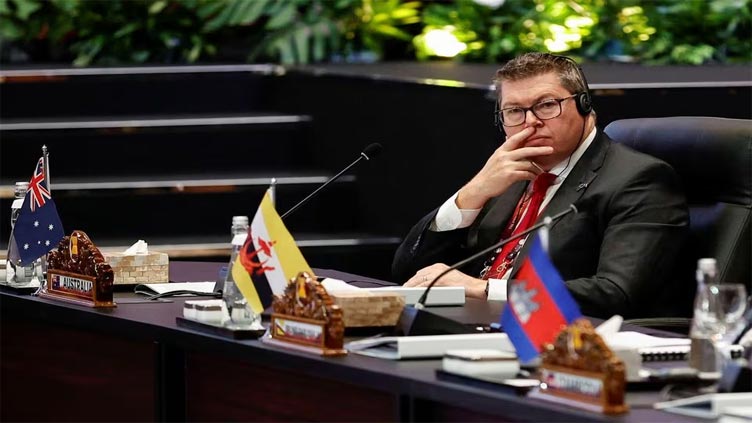Australia says AUKUS a response to arms race, not fuel for it

World
The $245 billion AUKUS project with Britain and the US is being criticised by China
SYDNEY (Reuters) - The Indo Pacific region is in the midst of a substantial arms race that Australia is responding to, not fuelling, with its planned acquisition of nuclear-powered submarines, Minister for Defence Industry Pat Conroy said on Tuesday.
The $245 billion AUKUS project with Britain and the United States to build a new class of nuclear-powered and conventionally armed submarine has been criticised by China as having the potential to spark an arms race.
In a speech in Canberra responding to domestic political criticism of the high cost and ambition of the program, which aims to build the submarines in Australia by 2040, Conroy said AUKUS was fundamental to Australia's defence.
"Conflict is far from inevitable," he said, adding that Australia cannot afford to under-invest in defence. "We must be able to deter conflict before it begins, and certainly before it reaches our shores."
/cloudfront-us-east-2.images.arcpublishing.com/reuters/4FQOKL3JXJNALOSSGZV5KG6LQQ.jpg)
A shake-up of Australia's defence forces has prioritised protecting the continent's northern approaches and sea trade routes, and Australia has boosted military exercises with other nations in Southeast Asia this year, including the first joint patrols with the Philippines in the South China Sea on Saturday.
Australia's nuclear-powered submarine fleet will be used for intelligence gathering in peacetime and to strike enemy targets during a war, Conroy said.
"You don't just defend Australia by stationing pickets around Karratha or off Darwin; you need the ability to hold an adversary at bay and to threaten a potential opponent's assets as far away from Australia as possible," Conroy said in response to reporters' questions.
Australia has the third-largest exclusive economic zone on Earth and its diesel-electric fleet of Collins-class submarines must travel thousands of kilometres before reaching a patrol area, using more fuel in transit than on patrol, he said.
Where diesel-electric submarines spend half of their time at sea going to from a patrol area, a nuclear-powered submarine would spend 15-20% of its time in transit, he said.



